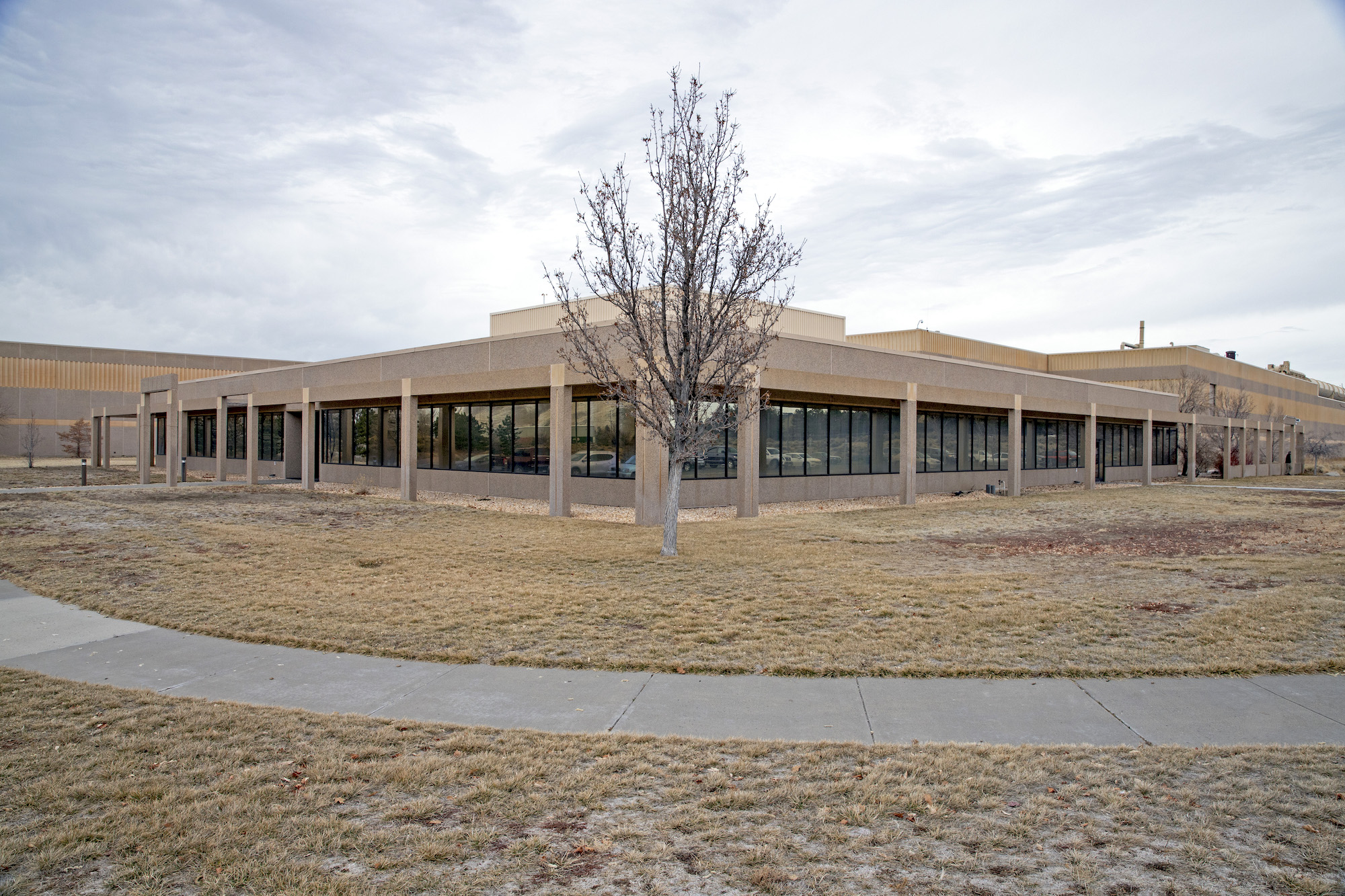Two industrial properties at 1610 and 1630 Kleppe Lane in Sparks recently sold for $5.45 million — 21 percent higher than the initial asking price.
Rob Sabo Special to the NNBW
Monday, January 24, 2022
The dearth of industrial space and developable land in Northern Nevada has brokers, tenants and landlords flexing their creative muscles in order to come up with viable ways to lease space and house new tenants.
Brian Armon, senior vice president and principal of the industrial group at NAI Alliance, says his brokerage has enjoyed recent successes by acquiring off-market buildings for renovation and by acquiring existing facilities with excess land for new development.
Case in point is the old 475,000-square-foot RR Donnelley building in Reno’s North Valleys, which had plenty of developable land available.
The vacant building has been leased to a manufacturing group that plans to construct a substantial amount of new Class A industrial space within the site footprint, Armon said. The buildings will be announced as speculative properties, but following current preleasing trends, the properties likely will have tenants before construction is completed, he added.
 The vacant 475,000-square-foot old RR Donnelley building has been leased to a manufacturing group that plans to construct a substantial amount of new Class A industrial space within the site footprint. Photo: NAI Alliance
The vacant 475,000-square-foot old RR Donnelley building has been leased to a manufacturing group that plans to construct a substantial amount of new Class A industrial space within the site footprint. Photo: NAI Alliance
“North Valleys is the strongest submarket and has been for many years,” he told NNBW. “It has incredibly low vacancy and a good labor force.”
NAI Alliance also positioned another manufacturer to take over a 482,000-square-foot building in Fernley that formerly housed Quad Graphics. That building never came to market but already has a lease signed. And in another off-market deal, NAI Alliance helped position pool and hot tub supplier LeisureQuip into a building in south Reno after the former tenant vacated, Armon said.
“That tenant had been acquired by another group back east, and they were consolidating, so we knew this space was coming available,” he said. “We approached (building owner) Prologis and the space never hit the market.
“Transactions are happening, but it is difficult to find stuff on the surface,” Armon added. “There is a lot of demand in a number of different sizes.”
On the development side, NAI Alliance helped clients secure land deals in South Meadows and Sparks for new speculative industrial development. A 600,000-square-foot Class A building under construction in Sparks will be the first of its kind in a long time for that submarket, Armon noted.
“On the surface, land is difficult to acquire, no question, and land pricing, rates and construction costs have jumped dramatically,” Armon said. “From a tenant perspective, it is brutal right now. It is incredibly difficult to find space to accommodate users — you have to be very creative.”
 Armon
Armon
Repurposing the region’s many older industrial spaces isn’t as easy as renovating other commercial properties types either, since today’s highly desirable Class A industrial buildings are constructed to much different standards than older warehouse properties. Still, Armon said, tenants who want to take space in Northern Nevada often find ways to make these types of properties work.
“Brokers, tenants and in some cases landlords have to be creative in this current market,” Armon said. “The older industrial like in Sparks, that used to be kind of a second, third or fourth choice. Today, if it’s available, it becomes the first choice pretty quickly.
“Once tenants understand the difficulty of finding space, they get creative — they may rack less, or take more or less space than they need just so they can take some space. They adjust to what’s available.”
 Krukow
Krukow
The white-hot demand also has led to increased investor demand and higher prices for Northern Nevada industrial properties. The industrial team at Dickson Commercial Group of Baker Krukow, Nick Knecht and Joel Fountain, along with principal Tom Fennell, last quarter brokered the sale of two industrial properties in Sparks on Kleppe Lane that commanded 21 percent over initial asking price.
There were 14 offers for the two buildings, which sold for $5.45 million.
“These were older buildings in the Sparks submarket, and 14 offers is pretty significant, especially with the dollar amount at closing,” Krukow said.
“It really speaks to the investor appetite for Northern Nevada, especially in the industrial sector,” Knecht added.
Other notable sales occurring late last year include 123,400 square feet at Icehouse Avenue in Sparks, and just under 130,000 square feet on Financial Boulevard. Notable leases, meanwhile, include GameStop taking 531,886 square feet and Geodis Logistics taking 209,520, both at Tahoe Reno Industrial Center. Vacancy at the end of the third quarter was just under 3 percent, Dickson Commercial Group reported.
Krukow said that due to the high demand for mid-box and smaller industrial spaces, landlords have the ability to be patient and pick-and-choose their tenants.
“They don’t have to take any risk, and they are looking for highly qualified tenants,” he said. “They are willing to wait it out, and I don’t see that slowing down until we get more product delivered to the market.”
Despite several million square feet of new construction slated for 2022, mostly in west Reno, North Valleys, Tahoe Reno Industrial Center and south Reno, Knecht said much of that product already is pre-leased and won’t ease supply constraints. Knecht
Knecht
The reality for inbound tenants, he added, is that they should adjust their expectations of leasing industrial space in the market for the end of 2022 or early 2023 when new available construction starts to come online.
Heightened industrial interest stemming from the uptick in ecommerce that’s been driven by the ongoing COVID-19 pandemic, coupled with the corporate exodus from California, has only sped up and increased demand for industrial space in northern Nevada, Krukow added.
Another trend that surfaced in 2021, Knecht said, was that space in existing industrial buildings just isn’t coming up for lease.
“We are not seeing the same rollover,” he said. “Tenants are either renewing, sitting tight or not moving forward with expansion plans. They want to stay within our market, and as a result, existing buildings are not available like we are used to seeing.”
 The vacant 475,000-square-foot old RR Donnelley building has been leased to a manufacturing group that plans to construct a substantial amount of new Class A industrial space within the site footprint. Photo: NAI Alliance
The vacant 475,000-square-foot old RR Donnelley building has been leased to a manufacturing group that plans to construct a substantial amount of new Class A industrial space within the site footprint. Photo: NAI Alliance Armon
Armon Krukow
Krukow Knecht
Knecht